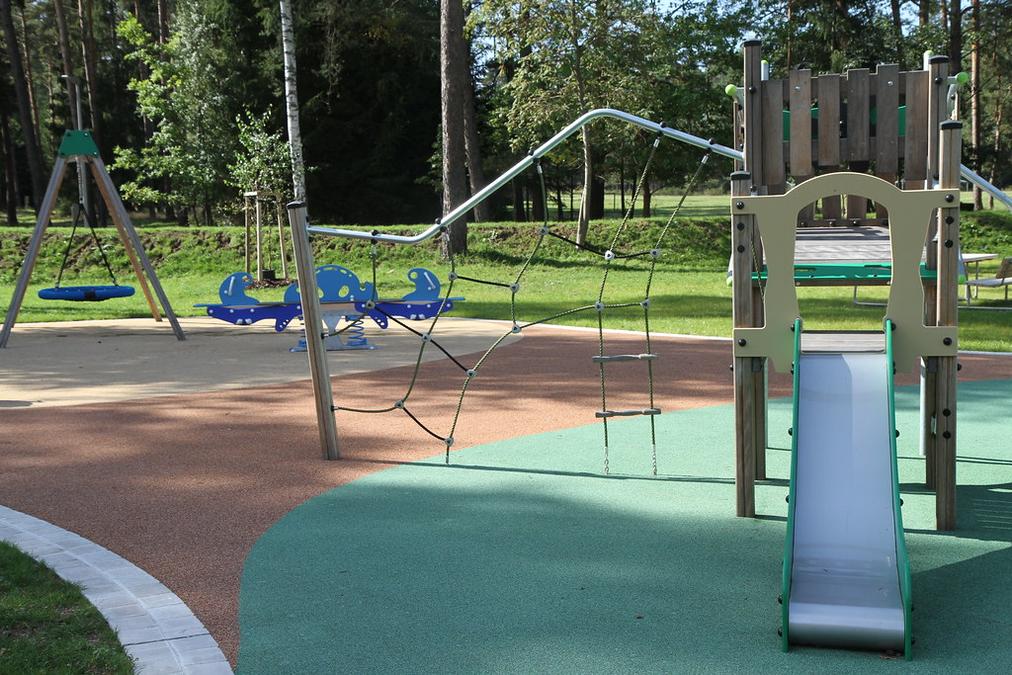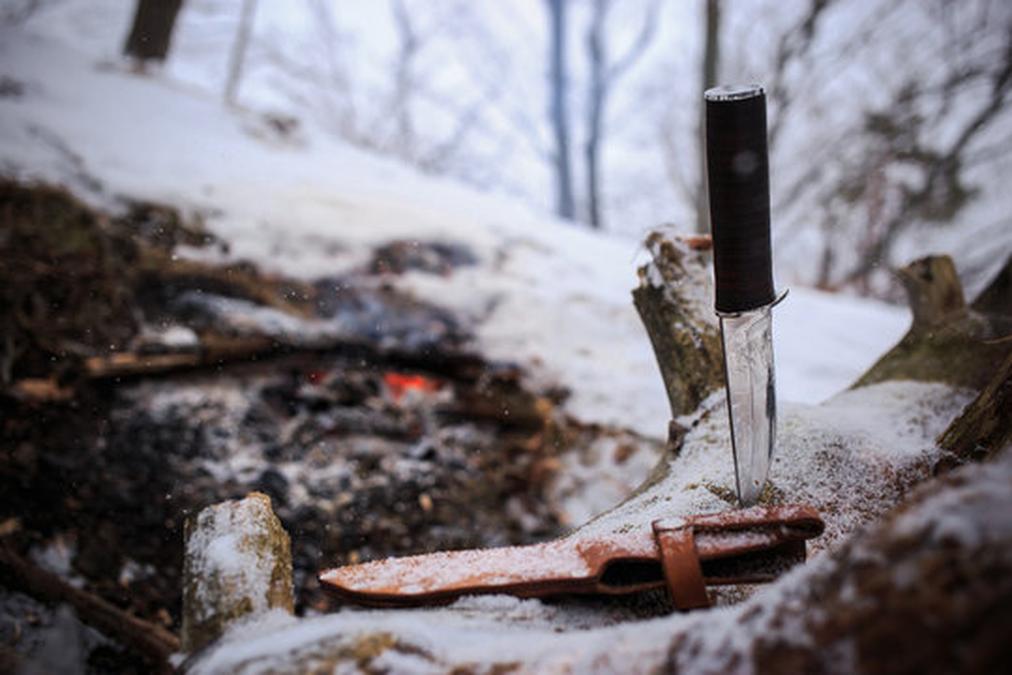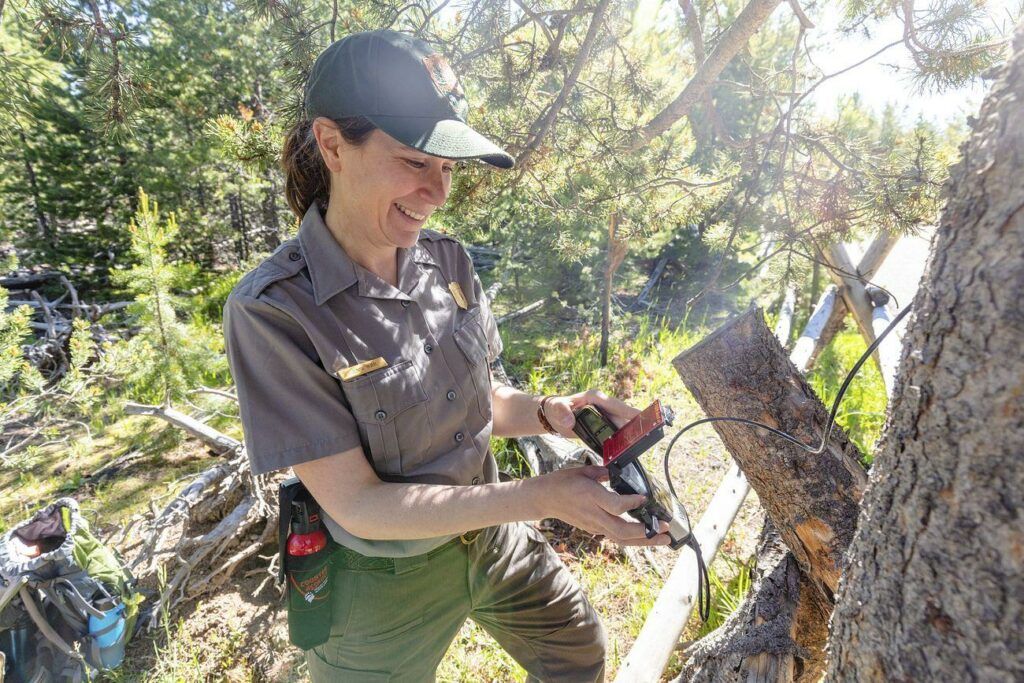Hiking Gear for Beginners: A Complete Guide
Are you looking to start hiking but don’t know where to begin? Hiking can be a fun and rewarding experience, but it’s important to have the right gear before you hit the trail. This guide will provide you with everything you need to know about hiking gear for beginners, from finding the right hiking trail to selecting essential gear and staying safe on the trail.
Benefits of Hiking
Hiking is a great way to stay active and explore the great outdoors. In addition to being a fun activity, hiking offers a wide range of health benefits, such as improving cardiovascular health, reducing stress, and boosting mood. Whether you’re looking to hike for fitness or just for fun, there are plenty of trails to choose from for beginners.
Understanding Hiking Gear for Beginners
Before you start hiking, it’s important to have the right gear to ensure a safe and enjoyable experience. This guide will cover everything you need to know about hiking gear for beginners, including essential gear, safety considerations, and tips for selecting the right gear.
Finding the Right Hiking Trail
Finding the right hiking trail is essential for beginners. You’ll want to choose a trail that matches your skill level and fitness level, and that offers scenic views and interesting features along the way. When choosing a trail, consider the length, elevation gain, and terrain, as well as any safety considerations such as wildlife or weather conditions.
To help you find the right hiking trail,
REI offers a great guide on finding beginner-friendly hiking trails. This guide covers everything from choosing a route to selecting gear, clothing, and safety considerations. It also includes tips on hiking routes, gear, and the Ten Essentials and Leave No Trace principles.
Hiking Gear Essentials for Beginners
When it comes to hiking gear for beginners, there are a few essential items you’ll need to have to ensure a safe and enjoyable experience. Here are some of the most important gear items you’ll need:
- Footwear: Proper footwear is essential for hiking. Invest in a good pair of hiking shoes or boots that are comfortable, supportive, and have good traction.
- Clothing: Dressing in layers is key for hiking. Wear moisture-wicking clothing that will keep you warm and dry, and bring a waterproof jacket in case of rain.
- Backpack: A backpack is essential for carrying all of your hiking gear and supplies. Choose a backpack that fits your body and is in the range of 10 to 30 liters.
- Ten Essentials: The Ten Essentials are a list of items that hikers should always carry with them on the trail. These items include a map, compass, first-aid kit, headlamp, and more.
- Water and Snacks: Bring plenty of water and snacks to keep you hydrated and energized on the trail.
For a comprehensive guide on essential gear for beginner hikers, check out
Hiking For Her’s beginner gear guide. This guide covers everything from footwear and clothing to safety items, backpacks, hydration, and illumination devices.
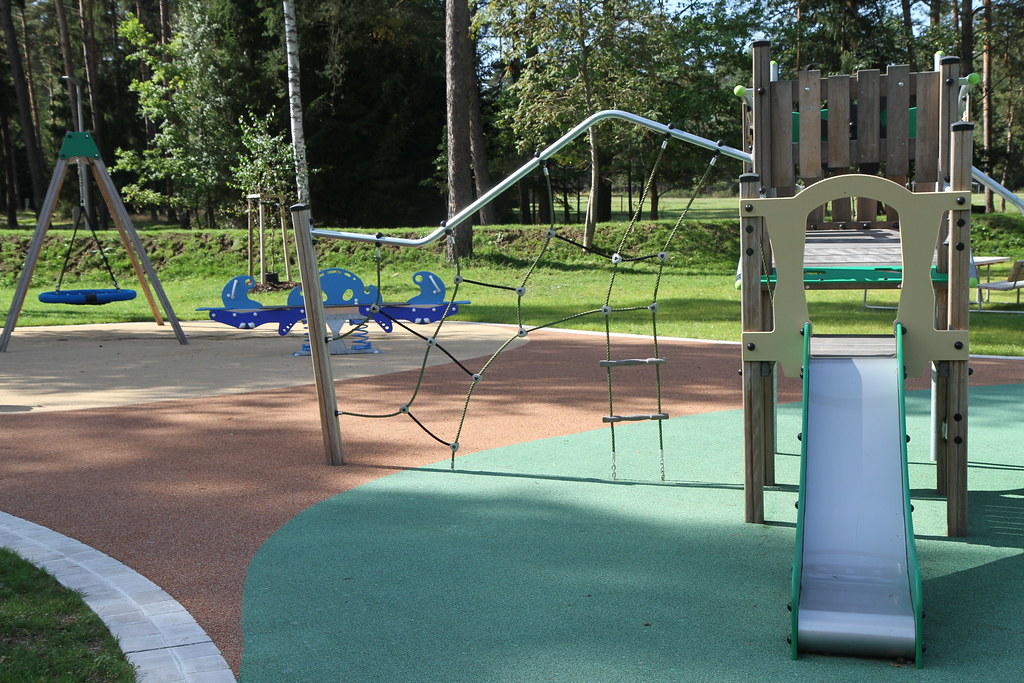
Finding the Right Hiking Trail
Choosing the right hiking trail is crucial for a safe and enjoyable experience. Here are some tips on finding the right hiking trail:
Types of Hiking Trails
Before choosing a hiking trail, it’s important to understand the different types of hiking trails available. Here are some of the types of hiking trails you might encounter:
- Day Hikes: These are shorter hikes that can be completed in a day. They’re a great option for beginners who want to get a taste of hiking without committing to a longer hike.
- Overnight Hikes: These hikes require camping overnight on the trail. They’re longer and more challenging than day hikes but offer a unique experience.
- Loop Hikes: These are hikes that start and end at the same trailhead, forming a loop. They’re a great option for beginners who want to explore a new area without getting lost.
- Out-and-Back Hikes: These hikes follow a trail out to a specific point and then back the same way. They’re a great option for beginners who want to explore a new area without getting lost.
Finding Beginner-Friendly Hiking Trails
When looking for beginner-friendly hiking trails, it’s important to consider the length, difficulty, and terrain of the trail. Here are some tips for finding beginner-friendly hiking trails:
- Look for trails that are marked as beginner or easy.
- Choose trails that are well-maintained and have clear markers.
- Consider the elevation gain and terrain of the trail. Look for trails with a gradual incline and flat terrain.
- Research the trail online before you go. There are many websites and apps that offer information on hiking trails, such as AllTrails.
- Ask for recommendations from friends or local hiking groups.
Safety Considerations for Hiking
When hiking, safety should always be a top priority. Here are some safety considerations to keep in mind when choosing a hiking trail:
- Check the weather forecast before you go. Avoid hiking in extreme weather conditions, such as thunderstorms or high winds.
- Be aware of wildlife in the area. Research the types of wildlife you might encounter and how to stay safe around them.
- Bring a map and compass, even if you’re hiking on a marked trail.
- Let someone know where you’re going and when you expect to return.
- Follow the Leave No Trace principles to minimize your impact on the environment.
For more information on choosing a hiking route and safety considerations, check out REI’s beginner’s guide to hiking.
Essential Hiking Gear for Beginners
When it comes to hiking gear for beginners, there are a few essential items that you’ll need to ensure a safe and enjoyable experience on the trail.
Footwear
Proper footwear is essential for hiking. You’ll want to invest in a good pair of hiking shoes or boots that are comfortable, supportive, and have good traction. Consider the following when choosing hiking footwear:
- Choose shoes or boots that fit well and are comfortable.
- Look for shoes or boots with good traction on the sole.
- Consider the terrain you’ll be hiking on. For easier trails, hiking shoes may be sufficient. For more challenging terrain, hiking boots with ankle support may be necessary.
Clothing
Dressing in layers is key for hiking, as the weather can change quickly on the trail. Here are some clothing items to consider for your hiking trip:
- Moisture-wicking clothing: Choose clothing made from synthetic or wool materials that will wick moisture away from your skin and keep you dry.
- Layers: Dress in layers so that you can easily adjust your clothing as the weather changes.
- Waterproof jacket: Bring a waterproof jacket in case of rain or wind.
- Hat and sunglasses: Protect your head and eyes from the sun with a hat and sunglasses.
Backpack
A good backpack is essential for carrying all of your hiking gear and supplies. Choose a backpack that fits your body and is in the range of 10 to 30 liters. Look for the following features when selecting a backpack:
- Comfortable straps: Look for backpacks with padded straps that won’t dig into your shoulders.
- Proper fit: Make sure the backpack fits your body well and is comfortable to wear for extended periods of time.
- Pockets and compartments: Look for backpacks with plenty of pockets and compartments to keep your gear organized.
Ten Essentials
The Ten Essentials are a list of items that hikers should always carry with them on the trail. These items include:
- Navigation: Map and compass or GPS device
- Sun protection: Sunscreen, sunglasses, and hat
- Insulation: Extra clothing to stay warm
- Illumination: Headlamp or flashlight with extra batteries
- First-aid supplies: First-aid kit
- Fire: Matches, lighter, and firestarter
- Repair kit and tools: Multi-tool, duct tape, and repair kit for your gear
- Nutrition: Extra food and snacks
- Hydration: Extra water and a water filtration system
- Emergency shelter: Tent, tarp, or emergency blanket
Water and Snacks
Bring plenty of water and snacks to keep you hydrated and energized on the trail. Consider the following when selecting water and snacks:
- Water: Bring enough water to stay hydrated throughout your hike. If you’re hiking in an area without a reliable water source, consider bringing a water filtration system.
- Snacks: Choose snacks that are easy to pack and won’t spoil quickly. Some good options include trail mix, energy bars, and jerky.
For a comprehensive guide on essential gear for beginner hikers, check out Hiking For Her’s beginner gear guide.
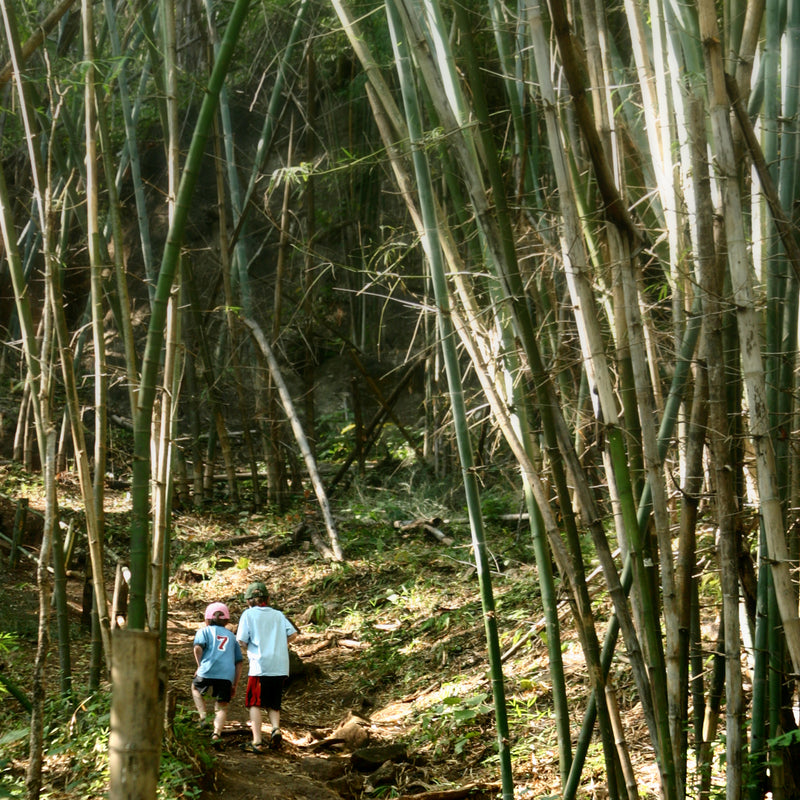
Hiking Tips for Beginners
Hiking can be a challenging and rewarding experience, especially for beginners. Here are some tips to help you make the most of your hiking trip:
Start Slow
If you’re new to hiking, start slow and gradually build up your endurance and fitness level. Begin with shorter hikes on easier trails and work your way up to more challenging hikes.
Hike with a Partner
Hiking with a partner is not only more enjoyable, but it’s also safer. Choose a partner who has similar fitness and experience levels as you, and make sure you communicate your goals and expectations before you hit the trail.
Stay on the Trail
Stay on the designated trail to avoid getting lost and damaging the environment. It’s also important to respect wildlife and their habitats by keeping a safe distance and not disturbing them.
Leave No Trace
The Leave No Trace principles are a set of guidelines that promote responsible outdoor recreation. Follow these principles to minimize your impact on the environment and preserve the natural beauty of the trail. The principles include:
- Plan ahead and prepare
- Travel and camp on durable surfaces
- Dispose of waste properly
- Leave what you find
- Minimize campfire impact
- Respect wildlife
- Be considerate of other visitors
Be Prepared for Emergencies
No matter how well you plan, emergencies can happen on the trail. Be prepared by carrying a first-aid kit and knowing how to use it. It’s also a good idea to carry a whistle, mirror, or other signaling device in case you need to call for help.
Listen to Your Body
Pay attention to how your body feels during the hike. Take breaks when you need to and don’t push yourself too hard. If you experience any pain or discomfort, stop and address the issue before continuing.
Enjoy the Experience
Remember to take time to enjoy the experience. Look around and appreciate the natural beauty of the trail. Take photos and make memories that will last a lifetime.
For more hiking tips and advice, check out
Well Planned Journey’s hiking for beginners guide.
Building Hiking Fitness
Building hiking fitness is essential for taking on more challenging hikes. Here are some tips for building up your hiking fitness:
Start with Shorter Hikes
If you’re new to hiking, start with shorter hikes and gradually work your way up to longer hikes. This will help you build endurance and avoid injury.
Incorporate Strength Training
Strength training can help you build the muscles you need for hiking. Focus on exercises that target your legs, core, and upper body, such as lunges, squats, and push-ups.
Cardiovascular Exercise
Cardiovascular exercise is important for building endurance. Consider incorporating activities such as running, cycling, or swimming into your fitness routine.
Increase Your Mileage Gradually
As you build up your endurance, gradually increase the distance of your hikes. Aim to increase your mileage by no more than 10% each week to avoid injury.
Practice Hiking with a Pack
If you plan to carry a backpack on your hikes, practice hiking with a pack to get used to the extra weight. Start with a light pack and gradually increase the weight as you build up your strength.
Take Rest Days
Rest days are just as important as hiking days. Give your body time to rest and recover between hikes to avoid injury and burnout.
Consider Alternative Activities
If you’re not able to hike due to weather or other factors, consider alternative activities that will help you build strength and endurance. Trail running, cycling, and snowshoeing are all great options.
For more tips on building hiking fitness, check out
Trail and Kale’s hiking for beginners guide.

Alternative Outdoor Activities
Hiking is not the only outdoor activity that beginners can enjoy. Here are some alternative outdoor activities to consider:
Trail Running
Trail running is a great way to enjoy the outdoors and build fitness. It’s a low-impact activity that can be done on a variety of terrain types. Start with shorter distances and gradually work your way up to longer runs.
Snowshoeing
Snowshoeing is a fun winter activity that provides a great workout. It’s easy to learn and can be done on a variety of terrain types. Snowshoeing is a great way to enjoy the outdoors during the winter months.
Camping
Camping is a great way to get away from it all and enjoy nature. It’s a fun activity to do with friends and family, and can be done on a variety of budgets. Camping provides an opportunity to disconnect from technology and enjoy the outdoors.
Kayaking/Canoeing
Kayaking and canoeing are great outdoor activities that can be done on lakes, rivers, and other bodies of water. They provide a great upper body workout and an opportunity to enjoy the outdoors from a different perspective.
Biking
Biking is a fun and low-impact activity that can be done on a variety of terrain types. It provides a great cardiovascular workout and is a fun way to explore new areas.
Rock Climbing
Rock climbing is a challenging and rewarding activity that provides a full-body workout. It requires strength, endurance, and mental focus. Start with indoor climbing gyms and gradually work your way up to outdoor climbs.
For more ideas on alternative outdoor activities, check out REI’s guide to alternative outdoor activities.

Conclusion
Hiking is a fun and rewarding activity that can be enjoyed by beginners and experienced hikers alike. With the right gear, preparation, and attitude, anyone can enjoy the great outdoors. Here are some key takeaways from this article:
- Choose the right gear for your hike, including comfortable shoes, appropriate clothing, and essential safety items.
- Plan your hike in advance and consider the difficulty level, terrain, and weather conditions.
- Hike with a partner to enhance safety and enjoyment.
- Follow Leave No Trace principles to minimize your impact on the environment.
- Build up your hiking fitness gradually by starting with shorter hikes, incorporating strength and cardiovascular training, and increasing your mileage over time.
- Consider alternative outdoor activities like trail running, snowshoeing, camping, kayaking/canoeing, biking, and rock climbing.
By following these tips, you can enjoy all that hiking has to offer while staying safe and prepared. Don’t forget to take time to appreciate the natural beauty around you and make memories that will last a lifetime. Happy hiking!
Additional Resources
Here are some additional resources for beginners looking to get into hiking:
Hiking For Her
Hiking For Her is a website dedicated to providing hiking tips, gear reviews, and outdoor adventure stories. It offers a wealth of information for beginners and experienced hikers alike.
REI Co-op
REI Co-op is a retailer that specializes in outdoor gear and clothing. It offers a wide selection of hiking gear for beginners, as well as expert advice and classes.
AllTrails
AllTrails is a website and app that provides trail maps, reviews, and photos for hikers. It’s a great resource for finding new trails and planning your hikes.
Leave No Trace
Leave No Trace is a nonprofit organization that promotes responsible outdoor recreation. Its website offers information on the seven Leave No Trace principles and how to minimize your impact on the environment.
National Park Service
The National Park Service is a federal agency that manages national parks, monuments, and historic sites. Its website offers information on hiking trails, camping, and other activities in national parks across the United States.
American Hiking Society
The American Hiking Society is a nonprofit organization that promotes and protects hiking trails and the hiking experience. Its website offers a variety of resources for hikers, including information on hiking safety, trail maintenance, and volunteer opportunities.
By using these resources, you can enhance your hiking experience and learn more about the great outdoors.

Start Your Hiking Adventure Today!
Now that you have all the information you need, it’s time to start your hiking adventure! Here are some final tips to help you get started:
Start Small
Start with shorter hikes and work your way up to longer and more challenging hikes. This will allow you to build up your hiking fitness gradually and get comfortable with the terrain.
Find a Partner
Hiking with a partner is more fun and enhances safety. Find a friend or family member who shares your interest in hiking or join a hiking group in your area.
Plan Your Hike
Plan your hike in advance and consider the difficulty level, terrain, and weather conditions. Use resources like AllTrails and the National Park Service website to find hiking trails in your area.
Invest in Good Gear
Invest in good quality gear that is comfortable, durable, and appropriate for your hike. REI Co-op is a great place to start for hiking gear for beginners.
Follow Leave No Trace Principles
Minimize your impact on the environment by following Leave No Trace principles. Pack out all trash, stay on designated trails, and respect wildlife and other hikers.
Enjoy the Journey
Take time to appreciate the natural beauty around you and enjoy the journey. Hiking is a great way to connect with nature, get some exercise, and relieve stress.
By following these tips, you can start your hiking adventure with confidence and have a great time exploring the great outdoors. Happy hiking!
Keep Exploring
We hope this guide has been helpful in getting you started with hiking gear for beginners. Remember to start small, plan your hike, invest in good gear, and follow Leave No Trace principles. With these tips, you can have a safe and enjoyable hiking experience.
If you’re looking for more outdoor adventure content, be sure to check out our other articles. We have guides on camping, backpacking, trail running, and more. Keep exploring and have fun!
FAQs
Who should invest in hiking gear for beginners?
Anyone who wants to explore the great outdoors and start hiking!
What are the essential items for hiking gear for beginners?
Essential items include proper footwear, clothing, a backpack, and the ten essentials.
How much should I expect to spend on hiking gear for beginners?
You can find beginner gear at a range of prices, but investing in quality gear is worth it.
Who can I ask for advice on hiking gear for beginners?
REI Co-op and Hiking For Her are great resources for gear advice and reviews.
What if I’m not sure I’ll enjoy hiking?
Start with short, easy hikes and rent or borrow gear to see if you enjoy it before investing.
How can I make sure I’m prepared for my first hike?
Plan your hike in advance, pack the essentials, and follow Leave No Trace principles.




